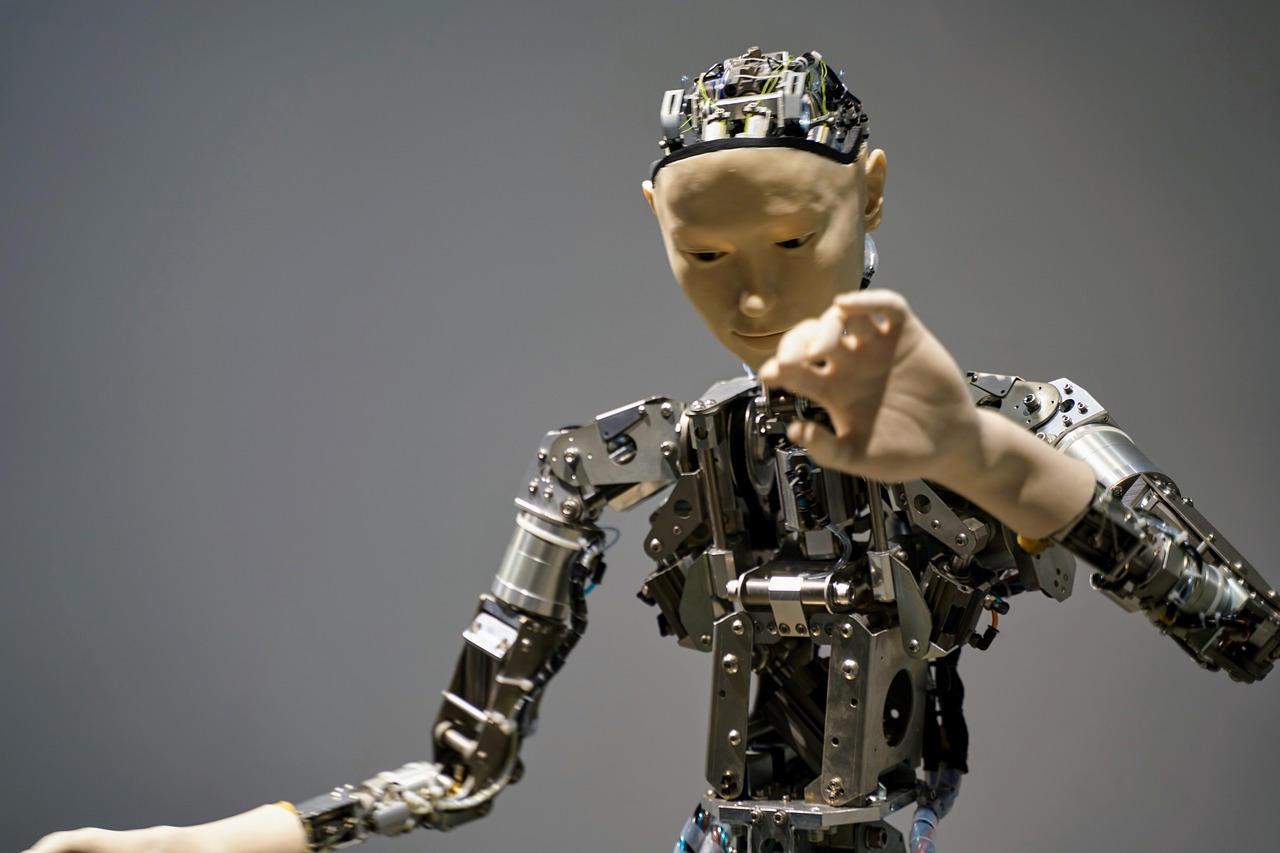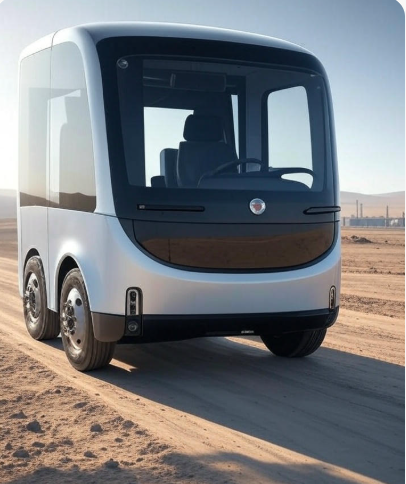The automotive industry is undergoing a transformative shift, driven by rapid advancements in technology that are redefining how we interact with vehicles. From electric vehicles (EVs) to autonomous driving systems, the innovations of 2025 and beyond are not only enhancing safety and convenience but also addressing pressing global challenges like sustainability and connectivity. This blog post delves into the latest vehicle technologies, exploring their impact on the driving experience, the environment, and the future of mobility.
The Rise of Electric Vehicles and Battery Innovations
Electric vehicles have become a cornerstone of modern automotive innovation, propelled by the urgent need to decarbonize transportation. In 2024, the International Energy Agency estimated that one in five new cars sold globally was electric, a trend that has likely continued into 2025. The push for EVs is fueled by stricter emission standards and government incentives, such as the EU’s CO2 standards and the U.S. Inflation Reduction Act, which aim for a 50% EV market share by 2030.
A significant breakthrough in EV technology is the development of advanced battery systems. For instance, CATL, a leading battery manufacturer, recently announced a new battery cell offering a 520km range with just five minutes of charging—a leap ahead of competitors like Tesla and Mercedes-Benz. Such innovations alleviate “range anxiety,” making EVs a practical choice for long-distance travel. Additionally, solid-state batteries are gaining traction, promising higher energy density and faster charging compared to traditional lithium-ion batteries. These advancements not only improve performance but also reduce reliance on fossil fuels, contributing to a cleaner future.
Autonomous Driving: From Assistance to Full Automation
Autonomous driving technology is another game-changer, with 2025 marking significant progress in Advanced Driver-Assistance Systems (ADAS) and higher levels of automation. While fully autonomous (Level 5) vehicles are still years away, Level 3 and Level 4 systems—where human intervention is minimal—are becoming more common. Companies like Rivian are introducing hands-free driver-assist systems this year, with plans for “eyes-off” capabilities by 2026. Similarly, Stellantis has unveiled a hands-free system that doesn’t require constant driver attention, a step toward greater autonomy.
These systems rely on AI, LiDAR, and advanced sensors to navigate roads, detect obstacles, and enhance safety. For example, ADAS features like adaptive cruise control, lane-keeping assistance, and automated braking are now mandatory in the EU under the General Safety Regulation, expected to save over 25,000 lives by 2038. However, challenges remain, particularly in refining machine-learning algorithms to distinguish between moving and stationary objects, a critical hurdle for scaling autonomous vehicles.
Beyond passenger cars, autonomous technology is revolutionizing logistics and public transportation. Autonomous vehicles (AVs) are poised to improve last-mile deliveries and reduce downtime, while also enhancing public safety by detecting driver fatigue or medical emergencies through sophisticated sensors and AI.
Software-Defined Vehicles: The Car as a Computer
The concept of software-defined vehicles (SDVs) is reshaping the automotive landscape, turning cars into “smartphones on wheels.” SDVs use software to control core functions like braking, steering, and infotainment, with regular over-the-air (OTA) updates to improve performance and introduce new features. At the 2025 Consumer Electronics Show, SDVs stole the spotlight, with manufacturers like Honda partnering with Amazon Web Services to enhance data collection and software updates, accelerating their transition to this model.
This trend opens new revenue streams for automakers. For instance, features like heated steering wheels are transitioning to subscription models, allowing drivers to pay for them only when needed. Connectivity also enables vehicles to handle payments for parking, charging, or even drive-through coffee, with automakers potentially taking a transaction fee. However, the increasing reliance on software raises cybersecurity concerns, as connected cars are vulnerable to attacks like ransomware or infotainment system hijacks. Addressing these risks will be crucial as SDVs become mainstream.
Connectivity and Vehicle-to-Everything (V2X) Communication
Connectivity is a key trend in 2025, with 5G technology taking vehicle communication to new heights. The number of connected vehicles in the U.S. is expected to reach 150 million by the end of this year, up from 84 million in 2022. 5G enables faster data transmission, higher bandwidth, and improved security, allowing vehicles to communicate with each other, infrastructure, and pedestrians through Vehicle-to-Everything (V2X) systems.
V2X enhances traffic management, reduces accidents, and improves the driving experience. For example, vehicles can share real-time data about road conditions, enabling advanced navigation systems to avoid congestion or hazards. In-car Wi-Fi hotspots, powered by 5G, also provide passengers with seamless internet access, transforming cars into extensions of our digital lives. Features like remote diagnostics and vehicle health reports further enhance safety and convenience, offering drivers personalized insurance options and maintenance insights.
Sustainable Manufacturing and Alternative Fuels
Sustainability is a driving force behind new vehicle technologies, with manufacturers adopting energy-efficient processes and eco-friendly materials. Closed-loop recycling systems for EV batteries, plastics, and aluminum reduce waste and minimize the need for new raw materials. Indian startup oorja, for example, has developed a battery design optimization platform using AI and physics-based simulations to improve efficiency and accuracy in battery pack design.
Beyond EVs, hydrogen fuel cell technology is gaining attention as a zero-emission alternative. Toyota, a pioneer in this space, is promoting external sales of fuel cells, targeting 100,000 units by 2030, primarily for commercial vehicles. Hydrogen offers long-range capabilities and quick refueling, making it a viable option for heavy-duty transport. Meanwhile, e-fuels—synthetic fuels made from renewable energy—are emerging as a greener alternative to traditional gasoline, catering to manufacturers hesitant to fully transition to battery-powered vehicles.
Advanced Safety and Comfort Features
Safety remains a priority, with new technologies enhancing driver and passenger protection. Smart headlights, which adjust their range and intensity to reduce glare, are particularly beneficial for mature drivers, addressing concerns like night vision. Emergency response systems, such as GM’s OnStar, can pinpoint a vehicle’s location after a crash, speeding up rescue efforts. In 2022, over a million vehicles were stolen in the U.S., highlighting the importance of stolen vehicle tracking systems, which can remotely slow down or disable a stolen car.
Comfort features are also evolving. Heated steering wheels and wireless smartphone charging are becoming standard in many 2025 models, while adaptive suspension systems allow drivers to switch between a smoother ride and sharper handling. Toyota’s latest patent application reveals a system that adjusts vehicle features based on the destination, using sensors to analyze objects, occupant conditions, and spoken words—a glimpse into the hyper-personalized future of driving.
The Road Ahead: Challenges and Opportunities
While these technologies promise a brighter future, they come with challenges. The high cost of EV batteries and charging infrastructure remains a barrier, particularly in developing countries where EV adoption is slow. Autonomous driving faces regulatory hurdles and public skepticism, with safety concerns around AI decision-making in complex scenarios. Additionally, the shift to connected and software-defined vehicles increases the risk of cyberattacks, necessitating robust security measures.
On the opportunity side, these innovations are creating a more inclusive and sustainable mobility ecosystem. Projects like Toyota’s Woven City, set to house its first residents by fall 2025, aim to integrate smart technology into urban living, offering a blueprint for future cities. The automotive industry’s focus on electrification, autonomy, and connectivity aligns with global sustainability goals, potentially reducing CO2 emissions in line with the Net Zero Emissions by 2050 scenario.
Insights
The new vehicle technologies of 2025 are not just about improving the driving experience—they’re about reimagining mobility itself. From electric vehicles with unprecedented charging speeds to autonomous systems that promise safer roads, the automotive industry is at the forefront of innovation. As we navigate this exciting era, balancing technological advancements with sustainability and security will be key. For drivers, automakers, and policymakers alike, the road ahead is full of possibilities, paving the way for a future where vehicles are smarter, greener, and more connected than ever before.



